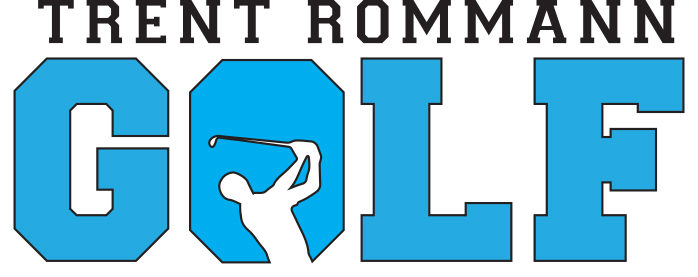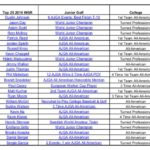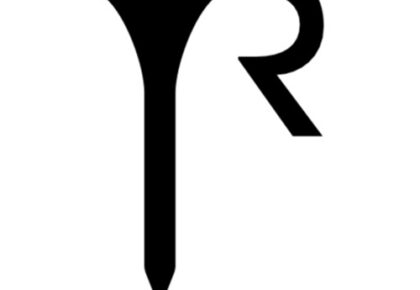
Trent Rommann Golf on the 10,000 Hour Rule
What is the 10,000 Hour Rule?
A principle holds that 10,000 hours of “deliberate practice” are needed to become world-class in any field. Focused and deliberate practice, not just hours of mindless practice clocking in and out as if you’re working on an assembly line, is the key factor to success.
Many elite level golfers might tell you it takes closer to 20,000 hours until you “master” the game of golf. Tiger Woods started golf when he was 3, won his first professional event at the age of 21, and honed his skills for 18 years before reaching the elite level in his sport. (TPI Article: Developing Expertise “The 10,000 Hour Rule”) There is no roadmap to success but success at a young age not only fosters a continued passion for the game but as image below shows, success at the junior and collegiate level can lead to success at the PGA Tour.
Training Programs:
One of the first questions most golf coaches will get asked from new students is; “How long is it going to take until I am proficient at this game?”
Many golf coaches, myself included, are creating practice programs that are highly engaging and challenging that prepare students to play. This may include hitting balls for an hour, it may include playing 18 holes but many times it’s the fun and engaging games like: “Flop Shot Tennis” (using EVERY club) or 3 club golf that are very much a part of the 10,000 hours of focused and deliberate practice.
Note: If a junior plays multiple sports when they are young, they are racking up valuable hours towards their 10,000-hour goal! (I have found this to be VERY true for adults as well)
The 10,000 Hour Rule Plan by Age:
Junior Golfer (Ages 4-13): FUN, FUN, FUN. Practice and play should be fun for the junior golfer and courses should be setup to help the junior succeed and improve as a golfer. “Is play also a form of practice?” I think the answer is a definite “YES”.
- Motor skills: For the junior golfer are best learned through repetition of proper form – and practice. But drills can get boring. Kids don’t want to practice. They want to play. Try to turn practice into play for the younger children.
Examples:
- Bean bag toss games: improves distance control and underhand throwing motions.
- Putting green speed challenges: with a simple ball of year you can build putting courses to challenge your junior golfer and hey, who doesn’t love a little miniature golf!
- Longest throw: challenge your juniors to use proper throwing motion and weight shift to throw a range ball down the driving range. This will improve your juniors weight shift, foot work, balance and disassociation of lower and upper body…ALL Motor Skills.
- Sharks and Minnows: What junior doesn’t love a game of sharks and minnows. This will be a huge hit and the kids are running, sliding, cutting, balancing and they don’t even know it.
- What’s best about all of this…all part of the 10,000 hours!
- Fundamental Movement Skills (FMS): Children love to play games. Playing games can be a means of physically developing fundamental movement skills and simultaneously enabling children to learn about cooperation, competition, communication, relationships, equity and the meaning of success.
- What Are FMS? Hopping, Skipping, Jumping, Crawling, Throwing, Catching and many more. All need to be trained for the junior golfer at an early age and count towards the 10,000 hours.
High School/Amateur Golfer: They should start to shift towards deliberate practice by their teenage years, but that is when golf becomes more fun to them anyway! Tournament golf becomes a priority and winning is the FUN, FUN, FUN.
It’s not just about specialized practice programs either. Just like at business meetings or seminars, much of the learning is done after hours at receptions and dinners. Real learning often occurs when you’re fooling around, mimicking your idols, inventing games, competing, experimenting, and when you’re having fun.
I will often introduce more training aids and practice games that challenge and test the high school golfer. The high school golfer is mature enough to understand his/her weaknesses and strengths in golf and then we can work together to improve them!
Related video:
- TPI Junior Golf: https://www.youtube.com/watch?v=Yb7XQwByfZE&t=28s
- Junior Golf Programs “How to Become A Champion” Part 1: https://www.youtube.com/watch?v=-UwBChXJRnM&t=23s
- Junior Golf Programs “How to Become A Champion” Part 2: https://www.youtube.com/watch?v=h9DTAPEvRX4&t=6s



